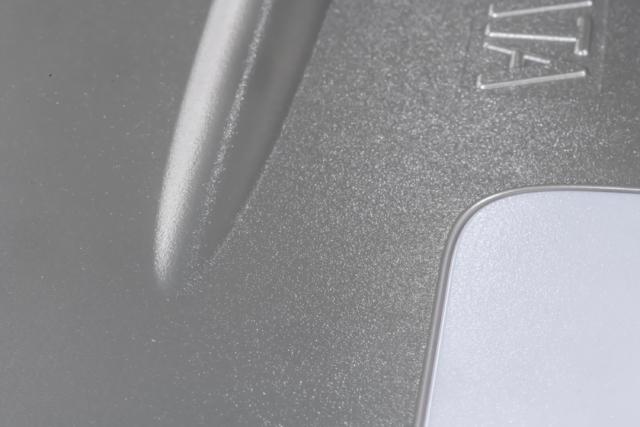module-contentmodule-contentTwin-Sheet Technology
What is Twin-Sheet?
Twin-Sheet in simplified form can be regarded as double thermoforming / vacuum deep-drawing.
Whilst in thermoforming, one plastic sheet is formed to a “half mould”, in the Twin-Sheet procedure, two sheets are formed (at the same time in the European / Hombach Twin-Sheet version; one after the other in the American version) and firmly fused together to form a hollow piece.
The high-strength connection is the result of the forming temperature already present and pressure. Furthermore, the uniform temperature distribution in the plastic ensures high quality and mostly stress-free Twin-Sheet parts.
Geometrically, tank-like (both sheets are formed in opposite directions) as well as flat geometries can be formed.
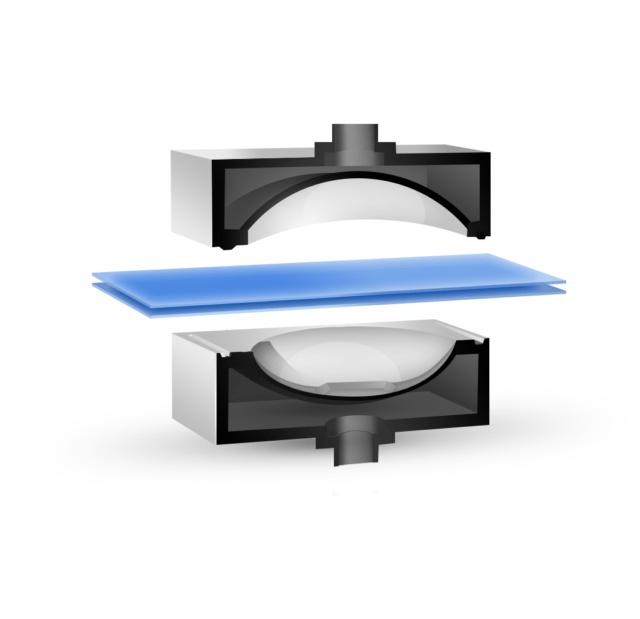
1. Phase: Twin-Sheet Forming
Heating
During simultaneous or closed-chamber Twin-Sheet procedures, two thermoplastic plastic sheets are inserted into specially equipped thermoforming machines in the first process phase, and heated with radiant heaters from two sides.
2. Phase: Twin-Sheet Forming
Forming
Once the plastic has been heated to the respective material-specific thermoelastic range, forming takes place. Similar to thermoforming, a tool “moves” towards each sheet, and a vacuum is created between the tool and the plastic. The forming then takes place as a result. At the same time, both tools seal up. Both half moulds fuse together in the defined contact areas to form a high-strength hollow part.
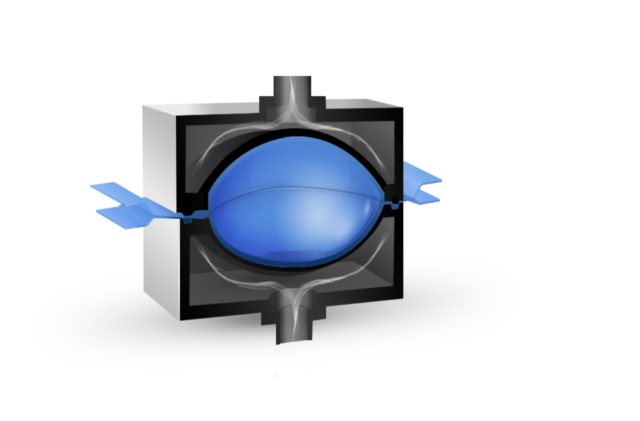
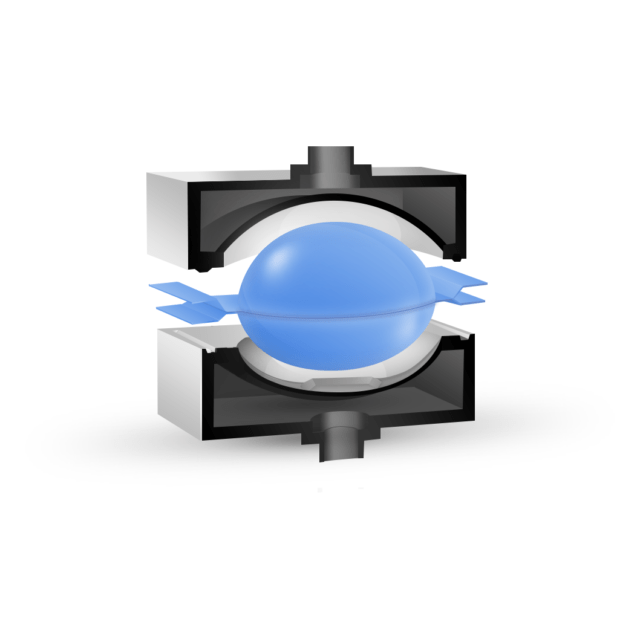
3. Phase: Twin-Sheet Forming
Cooling down and deforming
In the last phase, the tempering of the tools results in the plastic cooling down. Once a temperature dependent on the plastic type is reached, the Twin-Sheet raw part can be removed and added to further production steps.
module-contentmodule-contentAdvantages of Twin-Sheet
Twin-Sheet Forming provides a number of benefits compared to classic thermoforming,
but also compared to other plastic forming procedures.
module-content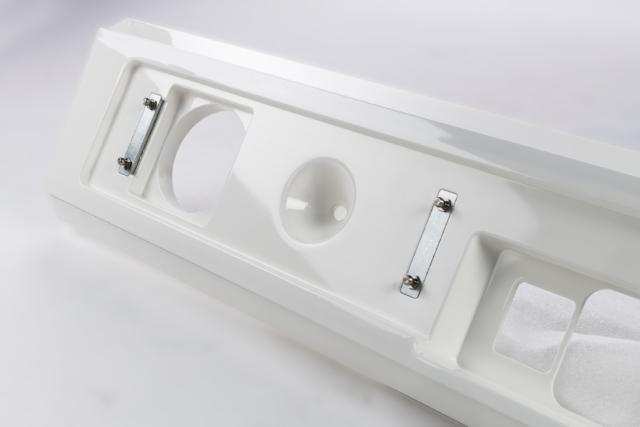
Twin-Sheet advantages compared to thermoforming
- Higher component rigidity whilst using the same material
- Outside geometries on both sides true to size
- Attachment / inserts can be directly integrated (without adhesion)
- Material mix of new goods and recycles materials possible
- Different material colours inside and outside possible
- Larger design freedom
module-contentTwin-Sheet advantages compared to
thermosetting procedures (GRP, RTM, RIM, SMC)
- Complete recycling possible, purely thermoplastic
- Broad range of usable materials with wide variety of properties
- Components often significantly lighter with similar rigidity
- Depending on the requirement, visible parts must not necessarily be painted
- No health hazards during processing and use
module-content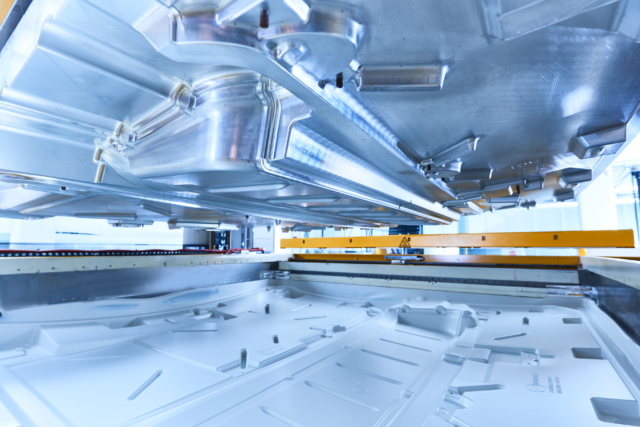
Twin-Sheet advantages compared to other thermoplastic procedures
- Comparatively significantly lower tool costs
- Very large part dimensions possible at relatively favourable tool and parts prices
- Inserts also possible in the hollow space (within the component)
- Use of multi-layer materials (e.g. fuel tanks)
- Fast realisation times of even larger components
module-contentInserts
A particular focus of development of the past 20 years within the Twin-Sheet technology at Hombach has been the area of “Functional Twin-Sheet parts”.
Already with the first Twin-Sheet developments, Hombach recognised that the full potential of the technology could only be utilised with inserts which were directly inserted during forming (e.g. sheet steel angles, bushing, plastic holders, snap fits etc.)
The in many cases disadvantage in terms of price compared to single-sheet components due to the required second half of the mould can be offset by means of the direct forming of inserts and thus omission of important assembly stages (e.g. adhesions).
But inserts, foams etc. can not only be integrated in the external surfaces, but also in the hollow spaces of the Twin-Sheet components.
module-contentTwin-Sheet foil and foam parts
Hombach has had a Twin-Sheet foil machine since 2010, which can produce unique component sizes of up to 1500 mm x 1000 mm, starting with an initial material thickness of just 0.3 mm. Even difficult materials such as polycarbonate (PC) can be processed in the Twin-Sheet.
Hombach also uses all Twin-Sheet systems to process high-expansion foams for example to form air ducts, air channels and air diffusers for the automotive, bus and agricultural machinery industry.

